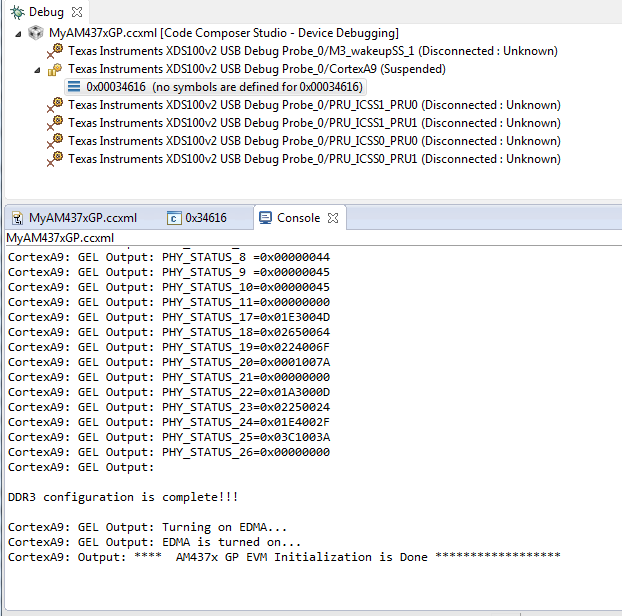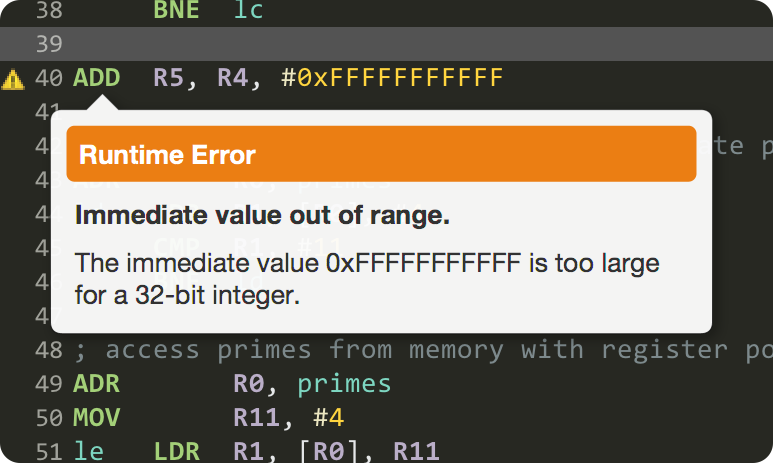
Other than that, with perhaps the exception of "infinite loop detection", the other features look useful. The other thing that I'd suggest as an improvement is a 16-byte-hexdump mode with ASCII on the right for "View Memory Contents". (ARM's immediate value encoding is also worth looking at if you haven't seen it before, since it's not just a single 32-bit value either: )
Arm emulator code example full#
Due to the overhead of translating an entire system’s worth of ARM instructions to x86, emulator system images with full ARM emulation tend to run much slower.
Arm emulator code example software#
Benchmarking Once application code has been built, it can be benchmarked either on an ARM processor attached to the host system, or under software emulation. In fact the right example under the "Error Correction Suggestions" section gets this wrong too - that's an assembly/syntax error, not a runtime error. Previously, if you wanted to get around this limitation and execute an app built for ARM on your x86 machine, you would have had to use an emulator system image with full ARM emulation. Testing and debugging can be carried out on code running in a real ARM processor, or using the integrated ARM processor emulator.


Assembly language is just a thin syntax layer on top of the machine code which is composed of. The tools include emulators so that programs can be run even when real ARM hardware is unavailable to the developer. Welcome to this tutorial series on ARM assembly basics. I've taught Asm before and seen so many students get this wrong that it's worth calling out. The ARM software development toolkit is a collection of utilities for producing programs written in ARM code. For example, this clearly shows that the registers are 32 bits and never anything but: It's misleading because it doesn't show that the storage for the values is fixed-width. IMHO besides being somewhat annoying to read it can be rather misleading, which is bad especially for something "designed specifically to use as a teaching tool". The one thing that immediately caught my eye is the lack of fixed-width-ness (for lack of a better term) in the value displays.


 0 kommentar(er)
0 kommentar(er)
